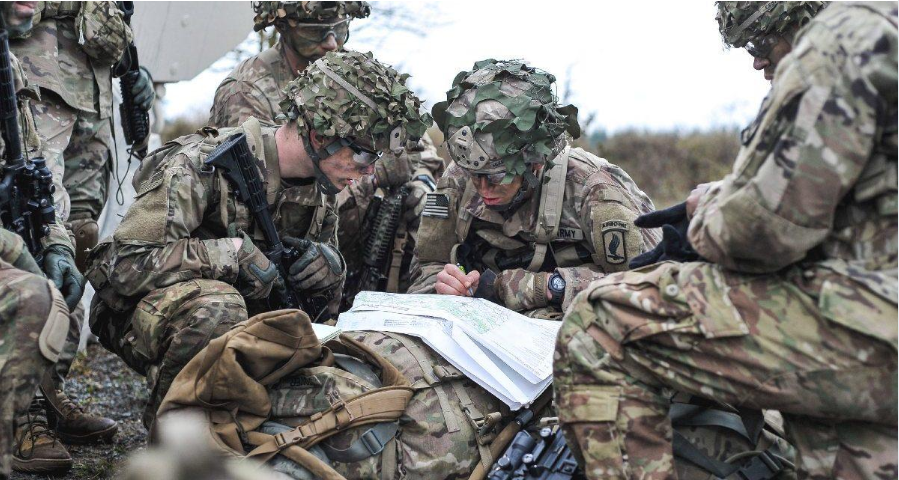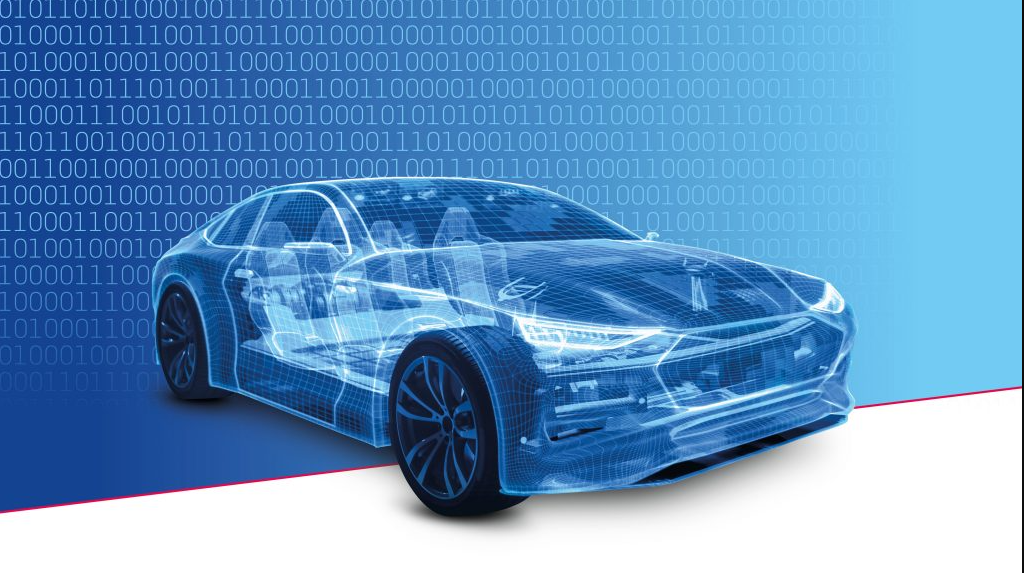Exploring the Latest Safety Features in Modern Automobiles
Automotive technology has been constantly advancing; at present, safety is the top concern of car makers.Modern vehicles already have a number of advanced safety features in place to protect passengers, prevent accidents and bring confidence in driving back to people. But among these safeguards are some new innovations that could change what future transportation will be like.Here’s an introduction to the latest safety technologies for motorcars.
1.Adaptive Cruise Control (ACC)Traditional cruise control systems are made more adaptable by Adaptive Cruise Control (ACC), automatically adjusting the speed of your car to the distance from the car ahead and as traffic conditions change. ACC uses radar or cameras to keep an eye on traffic ahead so that your cars trawls smoothly along with traffic. It reduces the need for constant hand controls necessary with ordinary old-fashioned motorway driving. Its introduction has greatly improved driving comfort on long journeys and through towns.
2.Automatic Emergency Braking (AEB)Automatic Emergency Braking (AEB) is designed so that if a potential accident is detected, through automatic braking can prevent or mitigate collisions. These systems employ sensors to constantly scan the road ahead for obstacles or other cars. If an accident is imminent and the driver fails to take action, brakes are applied in order either to avert the crash or at least reduce its severity. This kind of technology is extremely effective in preventing rear-end collisions; it can also minimise accidents when they occur.
3.Lane Departure Warning (LDW) and Lane Keeping Assist (LKA)Signalling is unnecessary with Lane Departure Warning (LDW). By means of visual or audible alerts, the driver learns he is out of line and must correct his course to avoid accidents. Lane Keeping Assist (LKA) takes this even further by gently nudging an unsteady car back onto its intended path (if it unintentionally drifts from side to side). These can also help improve lane discipline generally.
4. Also, Blind Spot Monitoring (BSM) uses sensors to detect vehicles in the driver’s blind spots, areas not visible through mirrors., A warning light usually comes on the side mirror or somewhere visible to the driver When a vehicle is detected in the blind spot. Especially good on the highway, by a tail-light line or bead of other cars, BSM enhances safety during lane changes and merges. If the garage is badly lit then mount your coilovers on a set of tow chains tied to both sides of the load board for safety reasons.
5. Rear Cross Traffic Alert (RCTA) helps to warn drivers when reversing out of parking spaces about approaching vehicles from the side. Sensors monitor the area behind a vehicle and provides alerts if cross traffic is detected, this reducing collision risks with vehicles or pedestrians that may not be visible to the driver. In busy parking lots and crowded areas, this feature is particularly useful.
6. Using 360-degree cameras The 360-degree camera system includes views of the vehicle mounted around it from all directions. On the vehicle’s infotainment screen, the system renders a bird’s-eye view that helps drivers to navigate into difficult parking spaces more carefully, or to discover objects hidden from view. This feature improves visibility and aids in maneuvering in challenging driving environments.
7. Driver Attention Monitoring systems use a variety of sensors and algorithms to analyze the behavior of the driver to find signs of fatigue or inattention. If the system thinks that the driver is not fully paying attention to what she or he is doing, it may issue warnings or suggest taking a break. This technology serves to prevent accidents caused by driver drowsiness or distraction from arising and promotes safer driving practices.
8. Forward Collision Warning (FCW) Forward Collision Warning (FCW) uses cameras and sensors to detect potential collision hazards on the road ahead. The system provides visual and auditory alarms if it anticipates an impending vehicle or object collision. FCW acts as an early warning device, giving drivers time to react and avoid potential crashes.
9. Traction and Stability Control stability and control of the vehicle can be enhanced by Traction and Stability Control systems. Traction Control works by adjusting engine power and braking individual wheels to keep them from sliding on slippery surfaces. Stability Control helps to keep the automobile moving during crises-inducing cornering manoeuvres by applying braking pressure at specific wheels. The overall effect of these systems is to increase vehicle handling and safety, particularly in adverse driving conditions.
10. Updated Airbag Systems Modern cars come with advanced airbag systems designed to improve on protection in the event of a collision. In addition to standard front airbags, an increasing number of vehicles now include side curtain knee or thigh airbags. In response to certain crash conditions these supplementary restraints deploy, providing further shielding for occupants and decreasing the chances of injury. Conclusion In the modern automobile Safety is the top priority. Today’s cutting-edge Safety systems take their place among these technological advances to protect drivers And passengers, encourage safe driving By expanding the margin for error, And lessen the risk of accidents. Reflecting the automotive industry s commitment to behavioral improvements in traffic safety for all, as these inventions continue to evolve they promise safer driving and a better quality of life for those behind the wheel.










